When the lights go out, the spindles keep turning
Picture your shop at 2 a.m.
The bay doors are locked, the office is dark—yet the pallet pool is cycling, robots fetch new blanks, and real‑time dashboards ping your phone with a green “on‑target” status.
This is the dark factory vision for CNC machining: a fully automated plant that no longer cares whether the lights are on because no one is there to see them.
What exactly is a dark factory?
A dark factory (sometimes called “lights‑out” manufacturing) is a facility designed to run unattended for extended periods—overnight, weekends, or even entire shifts—by combining:
- Flexible machining cells (FMS) that queue jobs automatically
- Material‑handling robots and AGVs that move stock and finished parts
- In‑machine probing and vision systems that close the quality loop
- A digital thread—CAM, MES, and IIoT—so every asset shares live data
Academic reviews place dark factories at the top of the automation maturity curve, blending robotics, AI, and digital twins into a single, self‑optimising ecosystem. Sage Journals
Why should a job‑shop owner care?
| Traditional shift | Dark‑factory shift |
|---|---|
| 8 h spindle utilisation | 16–24 h spindle utilisation |
| Manual setups between jobs | Auto‑tool‑change & pallet swap |
| Unplanned stops after hours | Predict‑and‑prevent maintenance |
| Skilled labour tied to machines | People redeployed to programming, quoting, and R&D |
Real‑world numbers back this up. Okuma’s “Dream Site” plants report 30 % higher throughput and up to 50 % shorter lead times after going lights‑out. Okuma Europe GmbHMTDCNC
Mazak’s Smooth TURN/MILL ASSIST cells advertise “operator‑free nights” with one programmer overseeing multiple machines. mazak.com
Myths vs. realities
- “Lights‑out is all‑or‑nothing.” Siemens notes most shops start “lights‑sparse,” automating nights or weekends first, then extend hours as confidence grows. Siemens Blog Network
- “Robots take jobs.” In practice, employees shift from tending parts to higher‑value work—CAM programming, process engineering, and quality analysis.
- “Only OEM‑scale plants can afford it.” Cellular automation kits, cobots, and subscription MES platforms have pushed entry costs down sharply over the past five years. Bosch’s 2024 white paper shows payback in 18–30 months for mid‑size shops when spindle utilisation doubles. Bosch
Technology building blocks (and how they fit together)
- Robotic load/unload – Gantry loaders, sixth‑axis cobots, or rotary pallet pools.
- Smart fixturing – RFID‑tagged pallets verify the correct setup before cycle start.
- Tool‑life management – Sensors track wear, trigger offsets, or swap sister tools.
- IIoT & digital twins – Merge machine data with the virtual model for predictive scheduling and crash‑free proving. Okuma Europe GmbH
- MES / ERP integration – Orders release automatically, and finished‑goods quantities post back in real time.
Case spotlight: Okuma Dream Site 2
Okuma’s DS2 factory runs small‑batch lathes and grinders 24/7 with skeleton staff. Robots link 32 machining centers, AGVs feed raw stock, and a “3D Virtual Monitor” simulates every toolpath before chips fly. Result: energy use down 30 % and productivity up 30 % since commissioning. オークマ株式会社Okuma Europe GmbH
If a global machine‑tool brand can mass‑customise lights‑out, a regional job shop can too—just on a smaller scale.
A five‑step roadmap for small‑to‑mid shops
- Automate the bottleneck first: Typically material loading or first‑op deburr. Add a cobot with quick‑change grippers.
- Layer in smart tool management: Adaptive control to adjust feeds when a drill dulls; sister‑tool swap without stopping the cycle.
- Connect machines to a unified dashboard: Cloud or on‑prem IIoT gateway lets you check OEE at a glance.
- Extend unmanned hours gradually: Start with a Friday‑night run, review alarms Monday morning, iterate.
- Tie scheduling to business systems: When the ERP order releases, the MES queues programs and robots automatically.
Risk watchlist (and how to de‑risk)
- Quality drift – In‑process probing plus SPC triggers automatic re‑cut or quarantine.
- Cybersecurity – Segment OT networks; apply zero‑trust policies.
- Tool crash – Digital‑twin verification and load‑monitor aborts prevent catastrophic failures.
- Skill gaps – Upskill machinists into automation technicians—humans remain critical.
Beyond the lights: the cyberpunk appeal
Cyberpunk fiction painted factories as cold, neon‑lit monoliths. In reality, dark factories can lighten the human workload, reduce energy waste, and lower barriers for entrepreneurship.
When machines self‑optimise, craftsmen regain hours to innovate new fixtures, refine cycle times, and quote work their competitors decline. The goal isn’t to replace people; it’s to elevate them.
Where HIPPSC fits in
One hurdle many shops face is unattended tool setup and management—the hidden time sink between part numbers. HIPPSC’s automation platform tackles exactly that:
- Auto-shrink-fit, reduce burn-hand safety risk and human error, streamline shrink-fit tasks.
- Digitally verifies tool lists against the NC program.
- Auto‑loads cutters into the presetter and syncs offsets to every machine on the cell.
- Monitors wear data and pre‑stages sister tools before a crash or scrap can occur.
Drop it into your existing CNC lineup and the path to a dark‑factory shift suddenly looks a lot shorter.
Ready to turn out the lights?
Start small, measure relentlessly, and let automation work the graveyard shift so your team can focus on the next big idea.


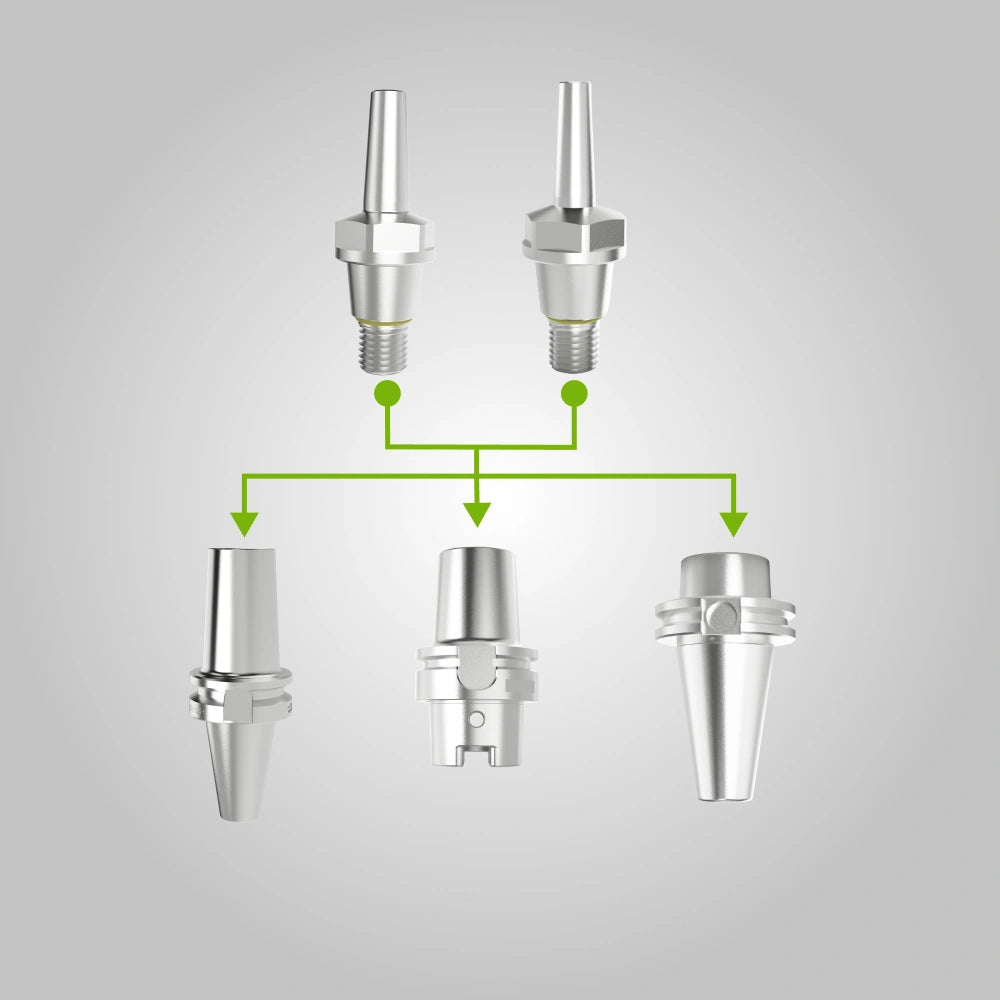
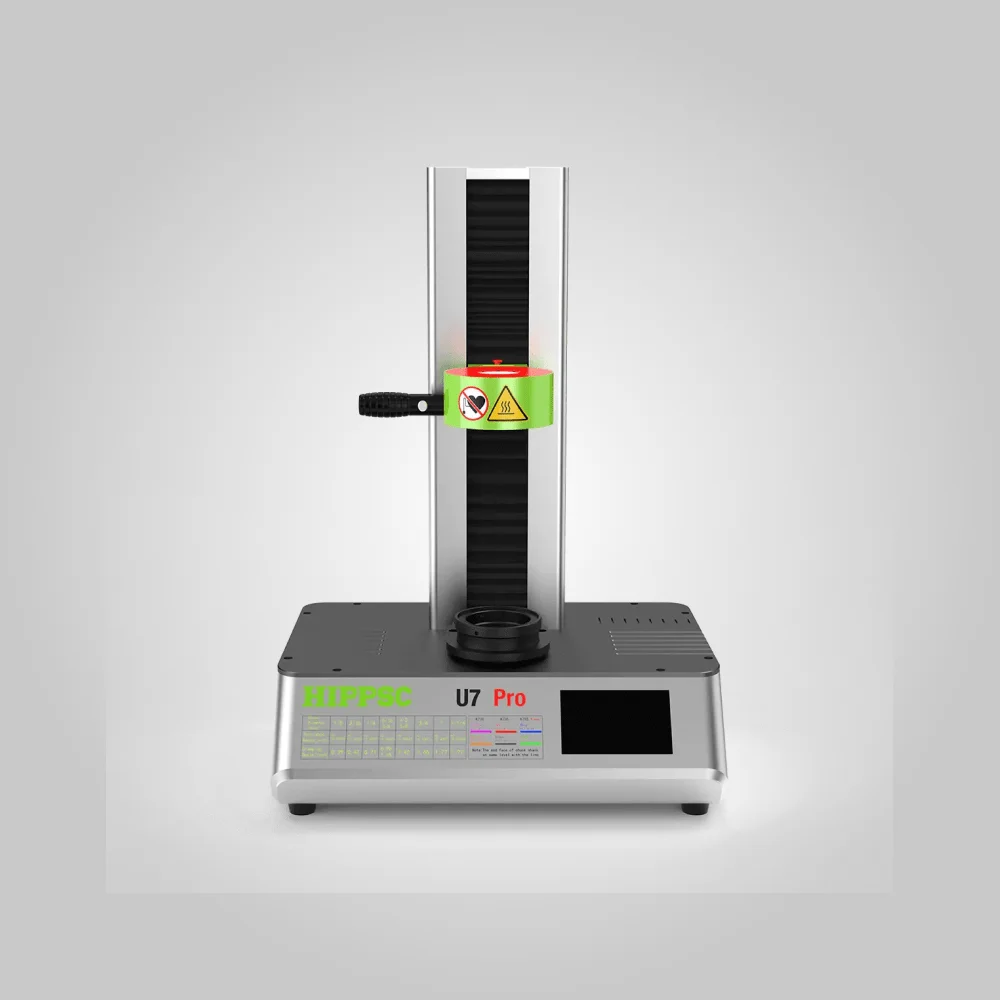
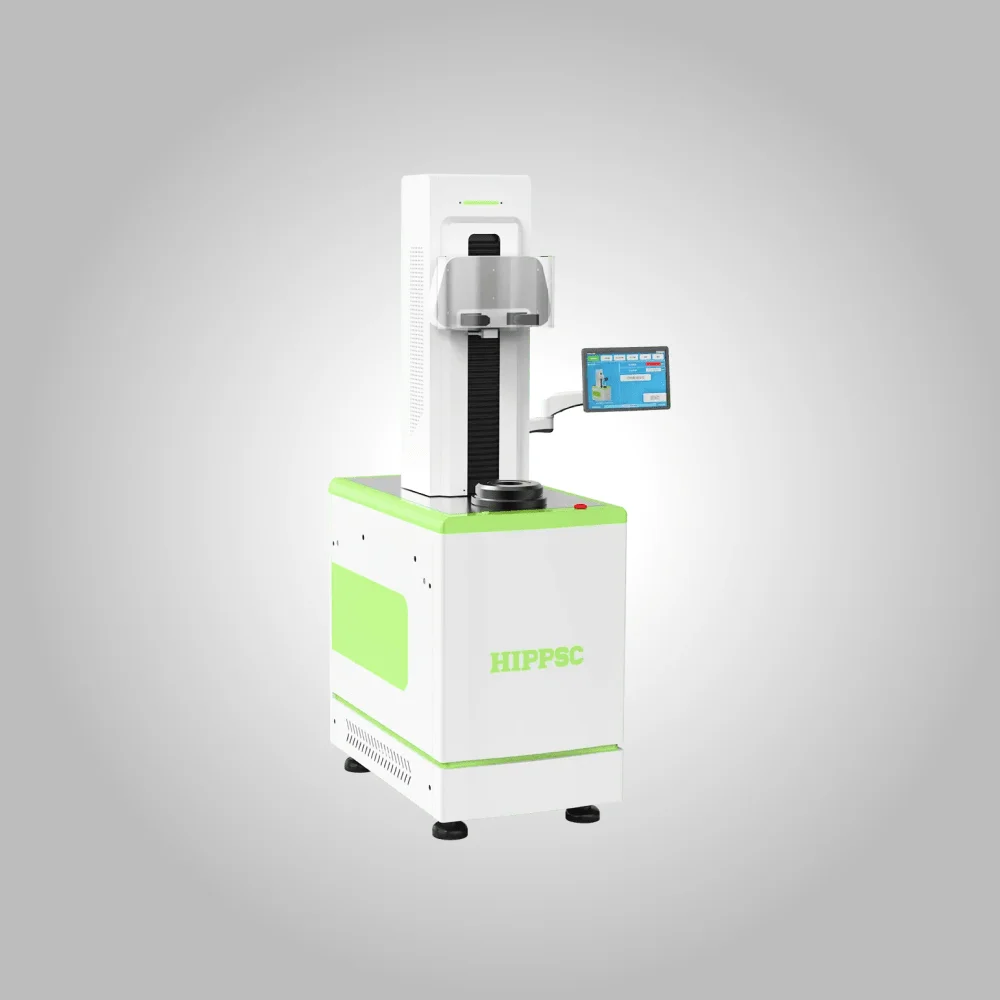
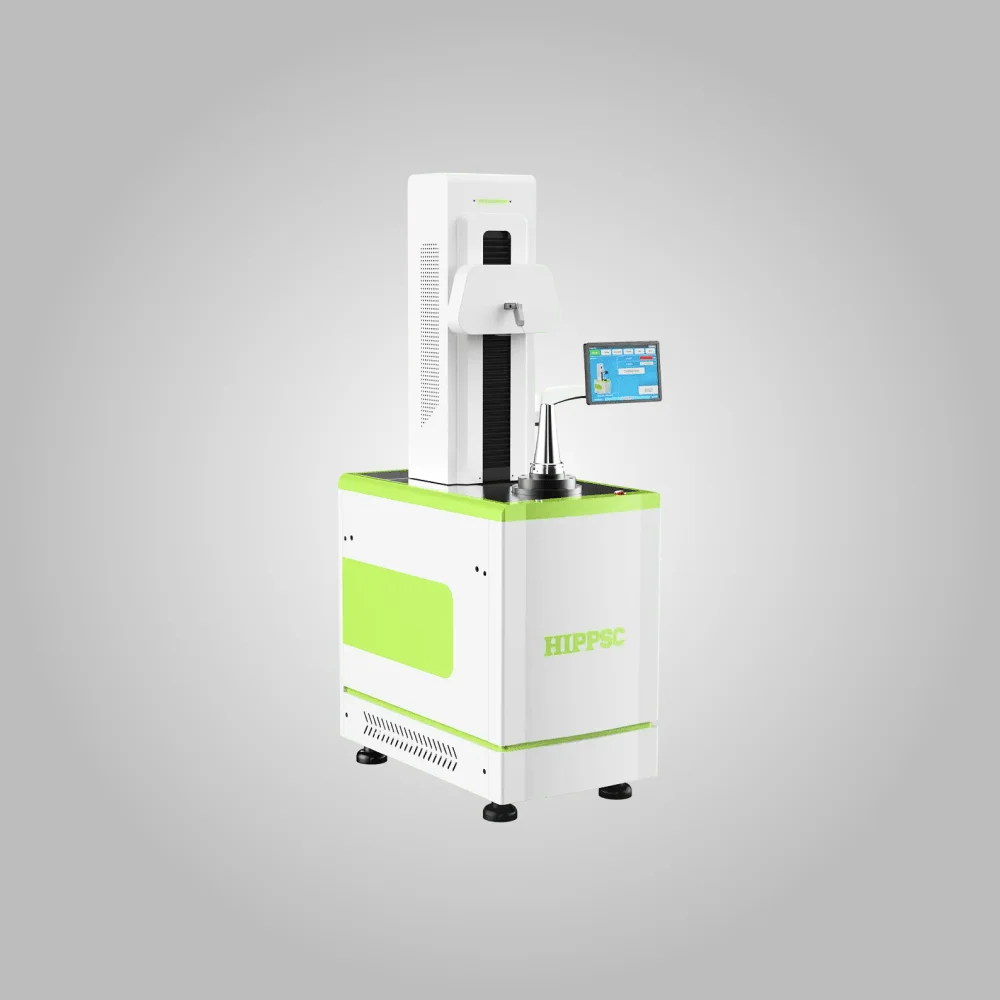
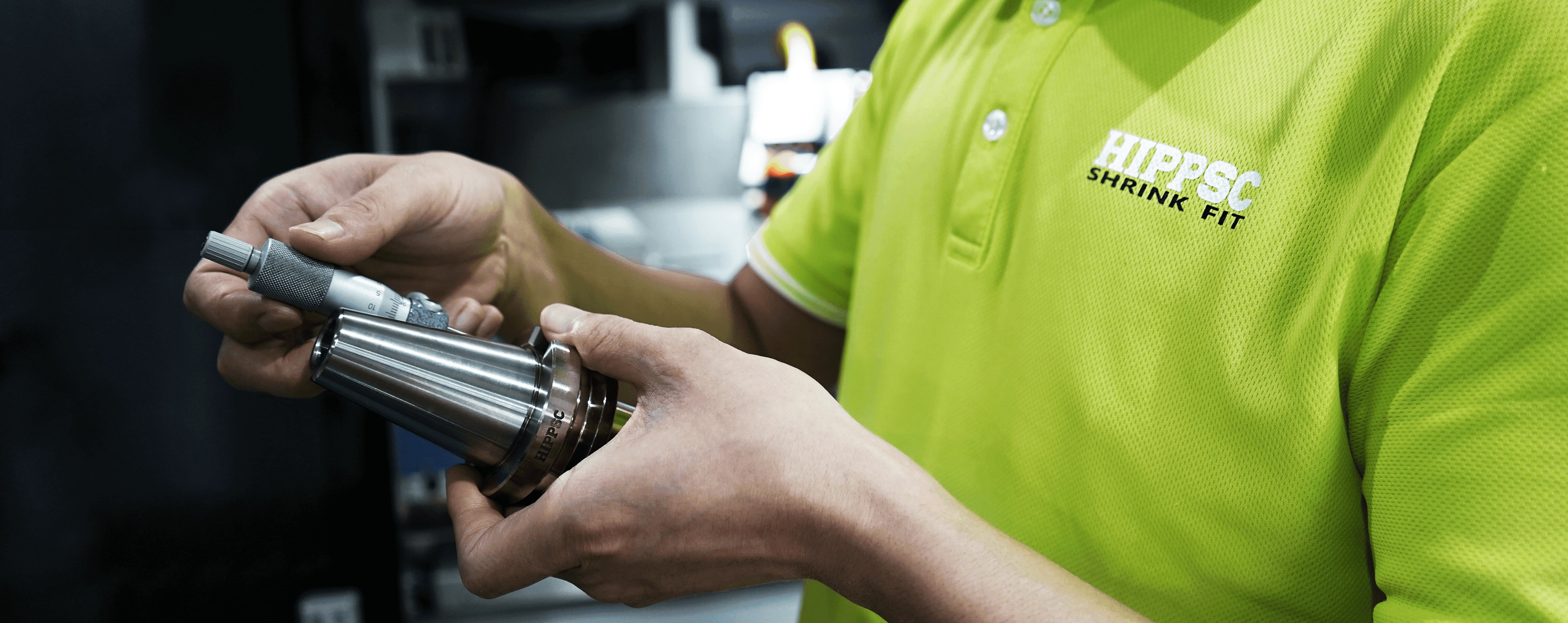
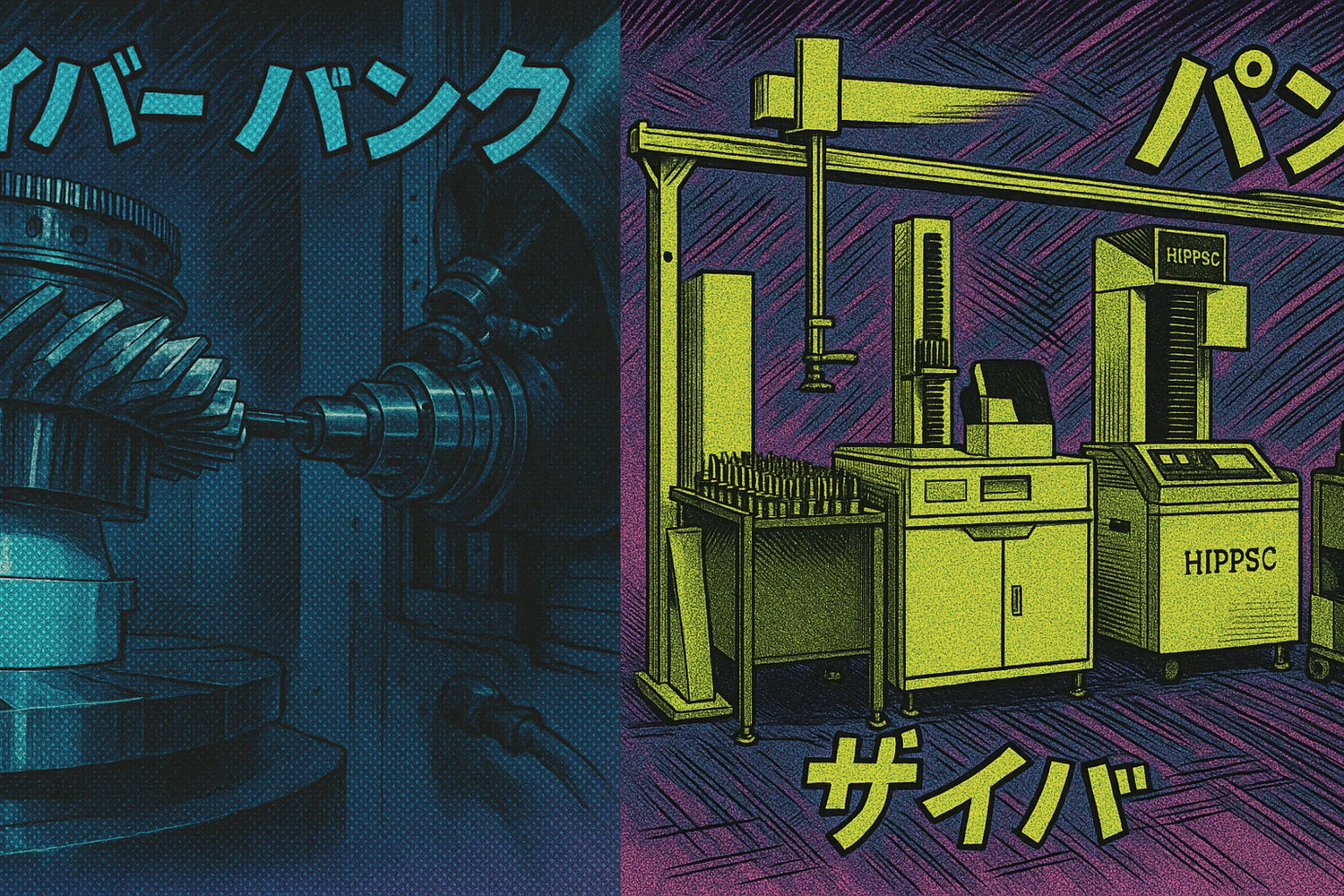
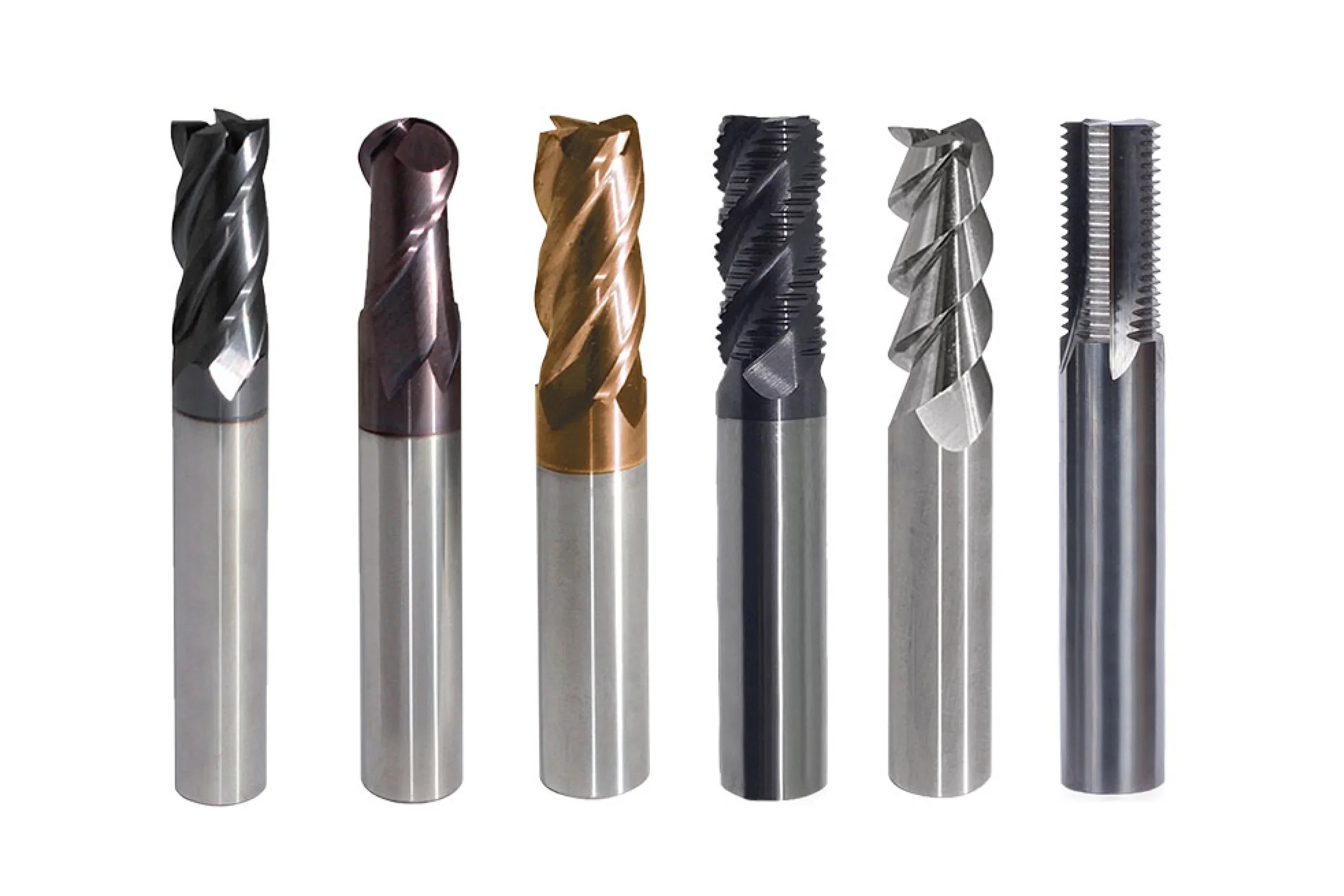
Leave a comment
All comments are moderated before being published.
This site is protected by hCaptcha and the hCaptcha Privacy Policy and Terms of Service apply.